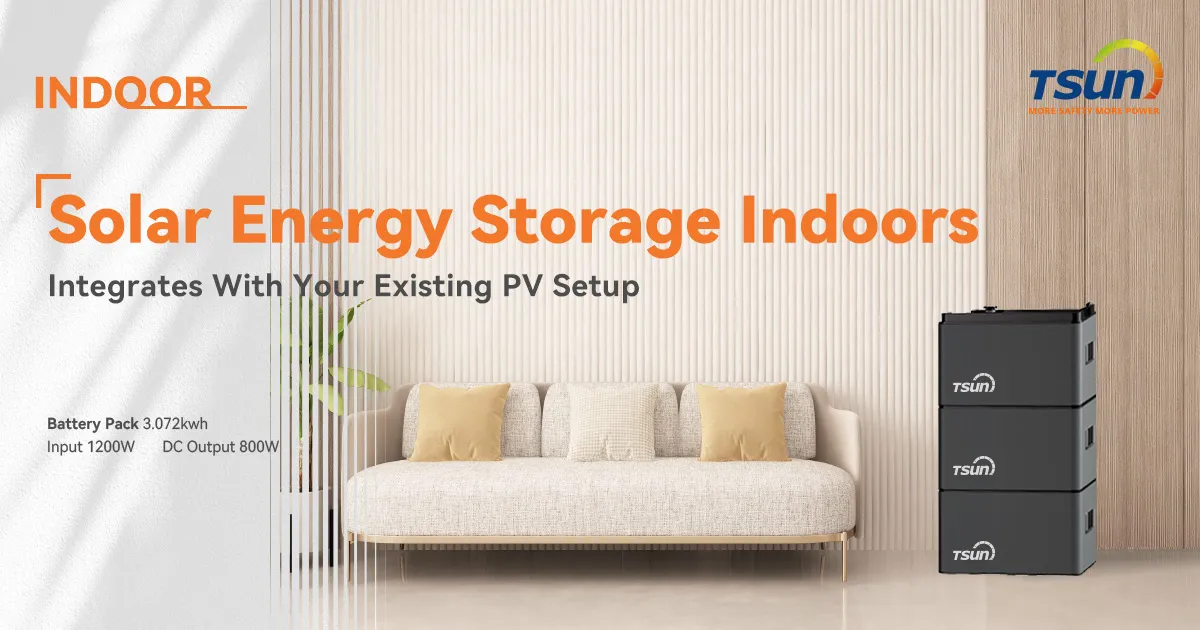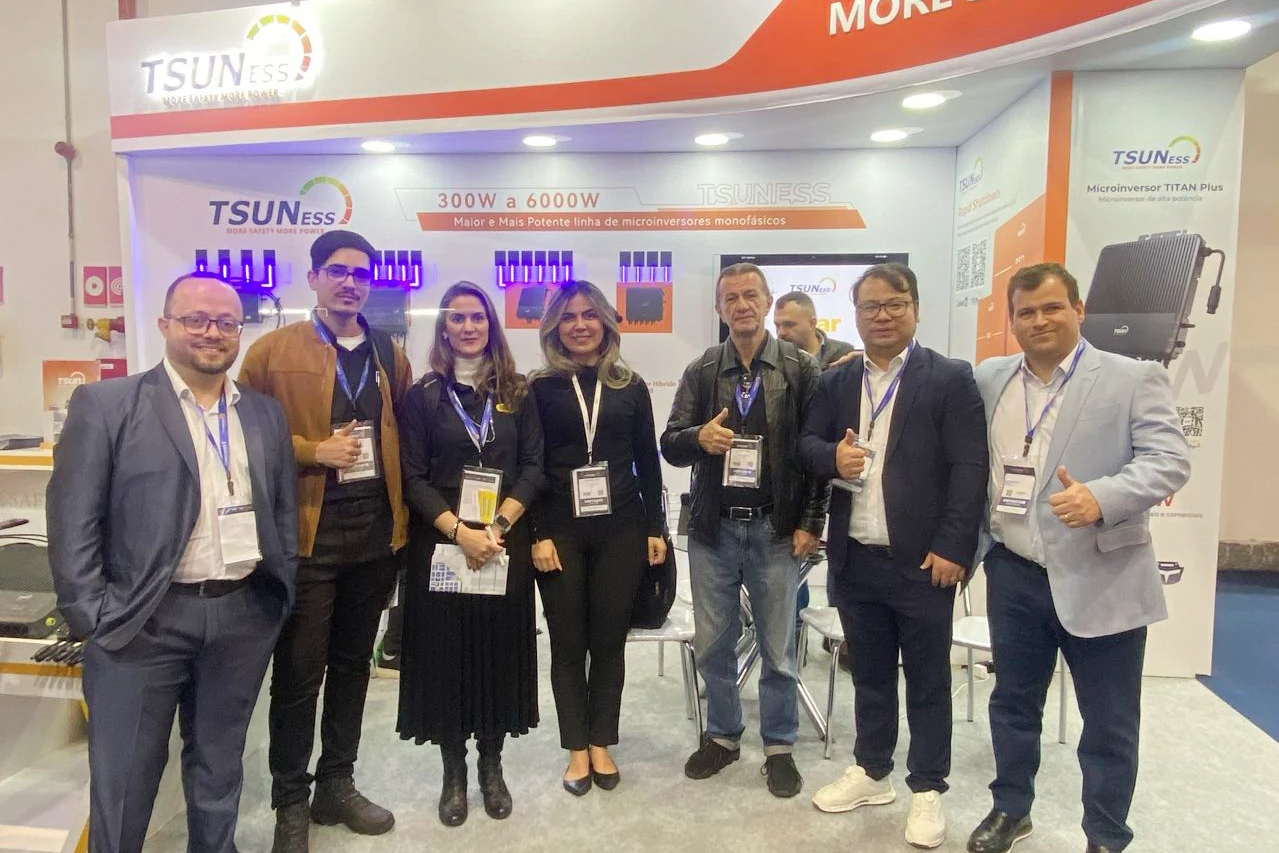The classification of solar energy storage systems plays a critical role in improving the efficiency, resilience, and cost-effectiveness of solar power infrastructure. A well-rounded understanding of these systems is beneficial for anyone invested in solar energy, including homeowners, businesses, and industry experts. This article explores a unique classification approach that aligns with global energy trends and advances in technology.

Solar energy storage is crucial due to the intermittent nature of solar power. Without effective storage solutions, excess energy generated during peak sunlight hours is lost. Classifying these storage systems aids in selecting the most appropriate technology for different needs, thereby optimizing solar energy utilization.
1. Battery Storage Systems
Battery storage systems are the most common method of storing solar energy. These include lead-acid, lithium-ion, and flow batteries. Lithium-ion batteries have gained significant popularity due to their high energy density and decreasing costs. They are ideal for residential and commercial use. Flow batteries, known for their scalability and long discharge times, are suitable for large-scale applications. Real-world experience shows that lithium-ion batteries, despite their upfront costs, offer reliability and longer lifespan, making them a trustworthy choice for many consumers.

2. Thermal Energy Storage (TES)
Thermal energy storage captures solar energy in the form of heat.
This classification includes sensible heat storage and latent heat storage systems. Sensible heat storage involves materials such as water or molten salts, which absorb heat without changing phase. Latent heat storage uses phase change materials (PCMs) to store energy more efficiently. Experts suggest that TES is highly effective in solar thermal power plants, where stored heat can drive turbines to produce electricity after sunset, enhancing system expertise.
3. Mechanical Storage Systems
Mechanical systems such as pumped hydroelectric storage, compressed air energy storage (CAES), and flywheels store energy through mechanical processes. Pumped hydroelectric storage is widely deployed due to its maturity and efficiency, though it requires specific geographical conditions. Flywheels store energy kinetically through rotating masses and are praised for their rapid discharge capabilities. CAES, on the other hand, involves storing compressed air in underground caverns for later electricity generation. Mechanical storage systems are authoritative in their field, providing large-scale energy solutions with proven reliability.
classification of solar energy storage system
4. Hydrogen Storage Systems
Emerging as a versatile and sustainable option, hydrogen storage systems use electrolysis powered by solar energy to produce hydrogen from water. This hydrogen can be stored and later used in fuel cells for electricity generation. Hydrogen storage offers promising trustworthiness for long-term energy storage and as a bridge to a cleaner energy future. It supports various applications, from residential use to powering industrial activities, showcasing its expert adaptability in the renewable energy landscape.
5. Capacitor and Supercapacitor Systems
Capacitors and supercapacitors store energy in an electric field, offering rapid charge and discharge cycles. Though not as common for bulk energy storage, they are invaluable in applications requiring immediate power delivery. Advances in supercapacitor technology could position them as a key player in smoothing out solar energy output fluctuations, appealing to tech-savvy users who value cutting-edge solutions.
Selecting the appropriate solar energy storage system depends on various factors, including storage duration, cost-effectiveness, and specific application needs. Each system carries its own set of benefits and challenges. For instance, battery storage is favored for its widespread availability but requires careful management of charging cycles to maintain lifespan. Thermal systems excel in large-scale applications but may not be as feasible for small-scale installations.
The classification of solar energy storage systems not only drives innovation but also informs policy and investment decisions. By understanding the diverse options available, stakeholders can make informed choices that enhance energy security, sustainability, and economic viability. This dynamic sector continues to evolve, promising exciting developments for individuals and institutions committed to harnessing solar power effectively.
 LEARN DETAILS
LEARN DETAILS



